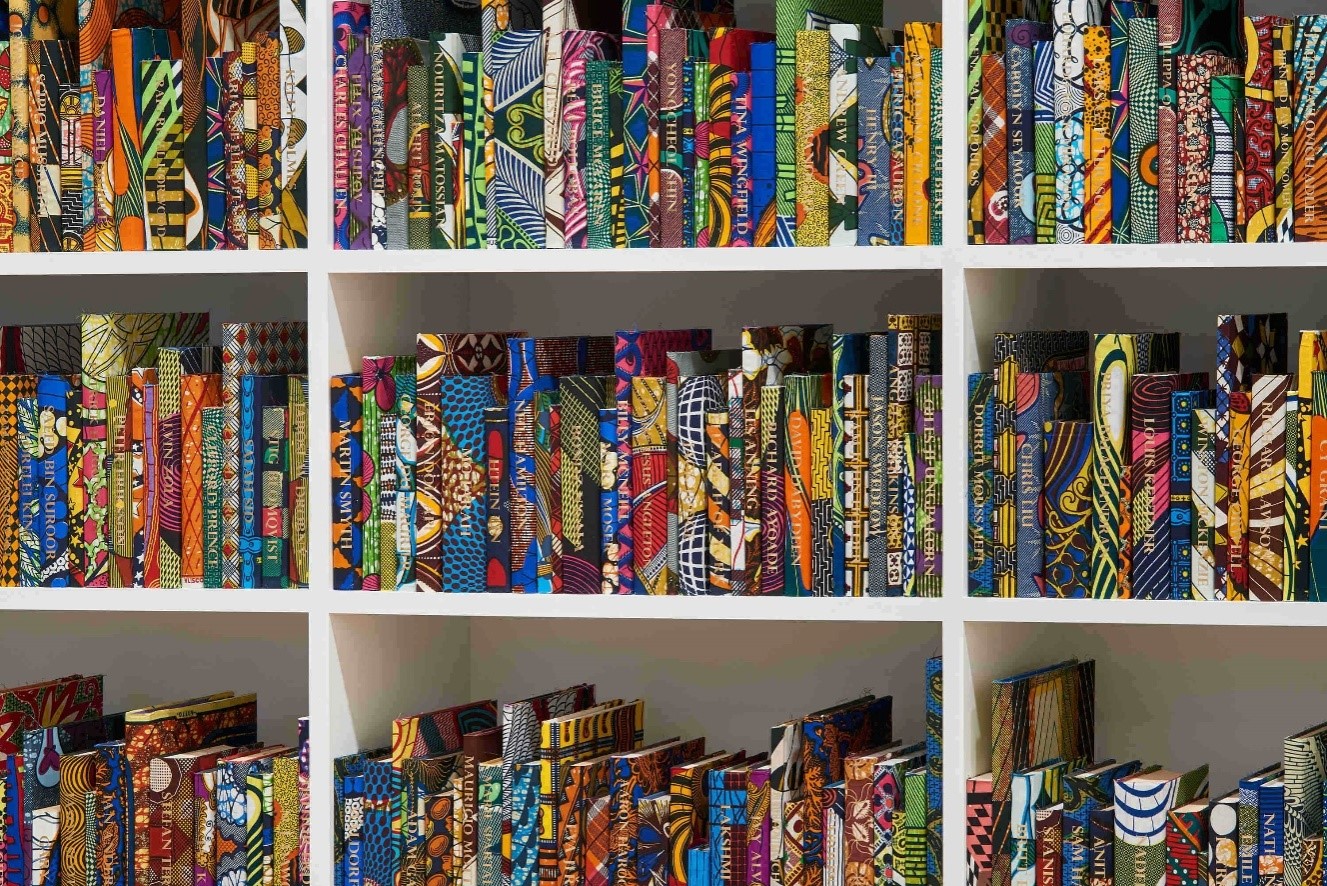Why Cataloging Your Collection is Important
Documenting the history and condition of your collection is essential. Maintaining a current catalog of your art acquisitions is a vital aspect of preserving your investment, that is why keeping track and inventorying your art is an important facet of collecting and managing your investment. Whether you are a seasoned collector or just starting out, there are several reasons for cataloging your artifacts. First by maintaining a record of your art holdings, you create a convenient tool from which to keep up with your collection. Secondly, if any part of your collection is damaged or lost, you have a complete record from which you can file an insurance claim. Thirdly, a complete catalogue allows the value of your collection to be accurately assessed should you desire to have a work or the entire collection appraised. Lastly, for estate planning purposes, the complete catalogue serves as your personal property inventory for estate planning purposes.
If you are considering this worthwhile endeavor, Graves + Mallett Art Solutions offers many services including art installation, collection cataloging and appraisal to meet the needs of the art collector or estate.
For those that would like to embark on this meaningful task of cataloging an existing art collection, the following are suggestions shared by Artwork Archive to begin your process:
- Work backwards. It can seem overwhelming to inventory an entire collection, so we recommend working backwards. That way you’ll start with the art that is freshest in your mind.
- Take high-quality photographs. While this may seem obvious, it is tempting to type in the artist name and title of a piece and be done with it.
- Add in the provenance details. You’ll need to record the title, artist name, dimensions, creation date, price, medium, and subject matter to have a detailed provenance record for each piece.
- Take notes on each piece. Record the description of each piece. These can be thoughts shared by the artist while they were creating the artwork—inspirations, materials used, etc.
- Assign your work to a location. Once you’ve logged all of your pieces in an Excel spreadsheet or a more advanced collection management system, you can assign each piece to a location. That way you’ll always know in which home, building, office, park, your work resides.
- Add important contacts. Then you can add in important contacts so you have the details of your artists, appraisers, lawyers, curators, gallery owners, conservators, all in one place.
- Upload and track important financial documents. As mentioned it is a must-have to have transaction documents, object documentation is critical since it supports authenticity and passage of clear legal title—proving the value of your piece and bettering your chances for a positive return on your investment.
Whether you decide to use a professional company or do it yourself, the benefits of cataloging your collections will ensure that your collection is organized, chronicled and serve you for generations to come.





